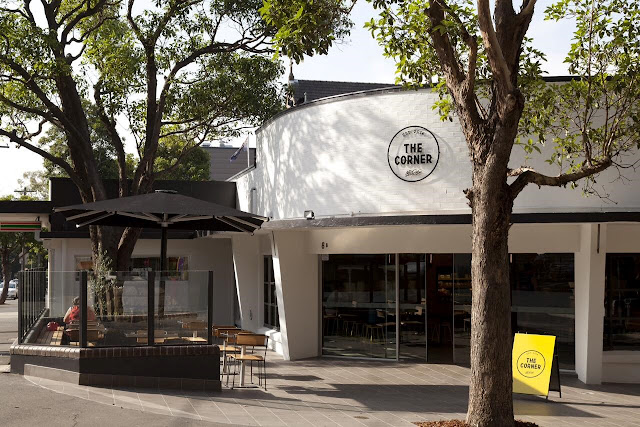 |
Source: http://www.kpcb.com/
|
Dr John Barrett describes the ‘Internet of
Things’ as a place where the web and the physical world meet. This is where the
planet and everything on it will become part of the ‘Internet of Things’.
Everything will one day become part of the IoT from objects, machines,
appliances, buildings, vehicles, animals, people and even plants. This is much
more than simply just a webpage about those things, but those ‘things’ having an
actual presence on the web.
There really is no limit to what could one
day become part of the IoT. Anything that can be given a unique identity,
sensors to read its environment and the ability to communicate could one day
become part of this evolution of the Internet. The only limits we have are our
own imagination in how these ‘things’ can be integrated and used to enhance our
daily lives.
The IoT will allow us to connect and interact
with ‘things’ in new ways and will allow us to monitor them in unprecedented
new levels of detail. This will allow us to manage and plan better in all
aspects of life. The IoT will also allow us to better control the environment
we live and how we relate to everything that surrounds us. Gone are the days
where you may loose your car keys, as you will soon be able to ask Google to
just locate them for you.
 |
Source: http://www.bandt.com.au/
|
The IoT is going to have a tremendous
impact on both our lives and society. We have seen data play an ever-increasing
importance in marketing practices over the last ten years. This trend is
inevitably set to continue with the rich data that the IoT will soon provide. Individual
marketing has the possibility to become even more targeted as people interact
with these new ‘things’. It is estimated that by 2032 people will be in daily
contact with between 3,000-5,000 new ‘things’ on the IoT.
I believe we are already living in the
‘Internet of Things’, however we are only at the very beginning of its
evolution. The one thing we can be certain of is that the ‘Internet of Things’
is inevitably going to change life and the world as we know it forever.
Robert
Brunning
Current student in the Master of Marketing program at the University of Sydney Business School
Current student in the Master of Marketing program at the University of Sydney Business School









